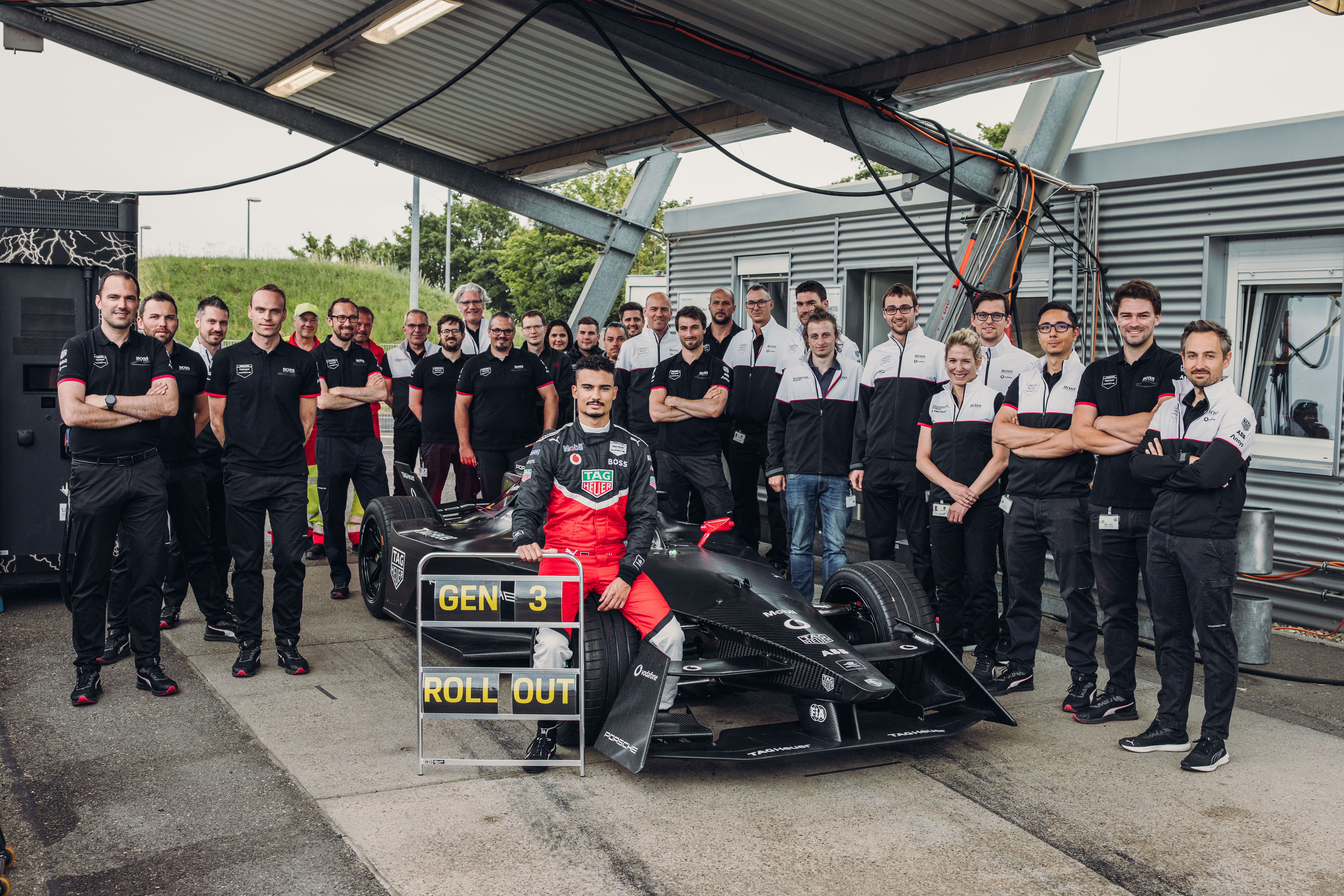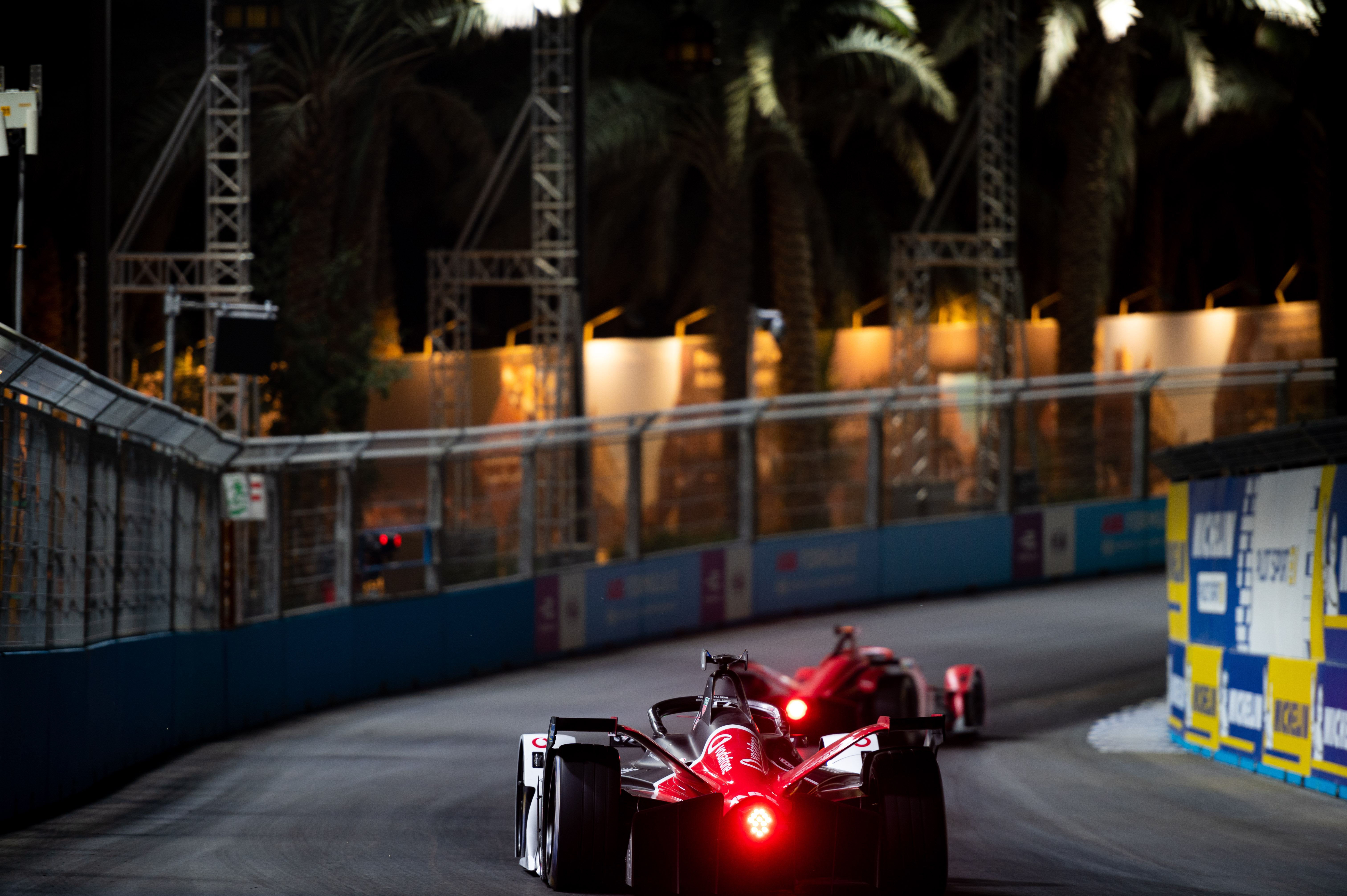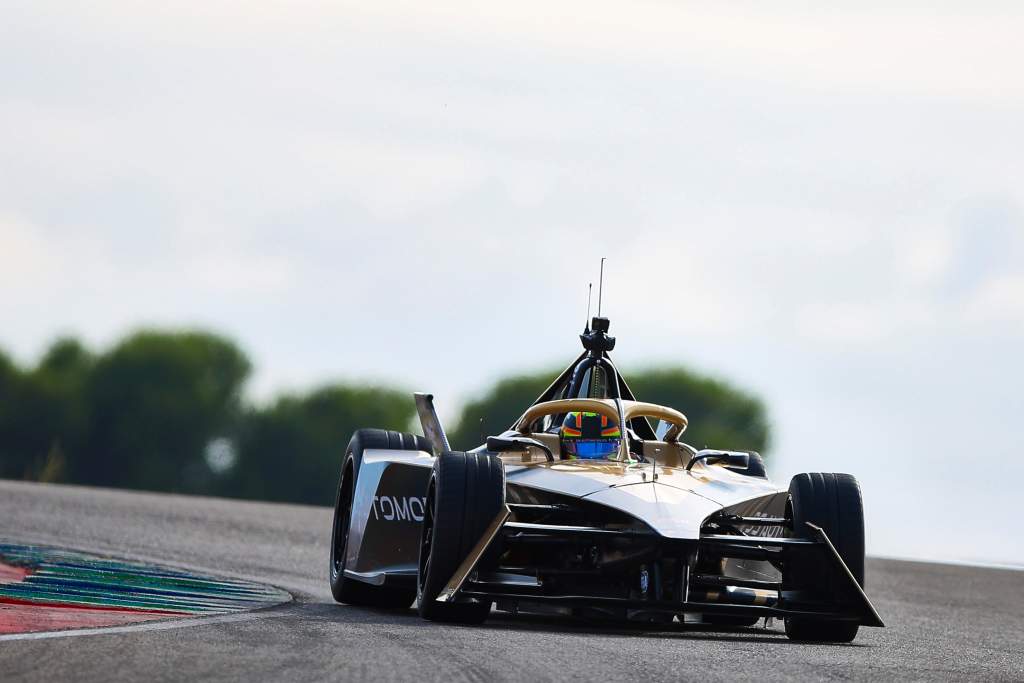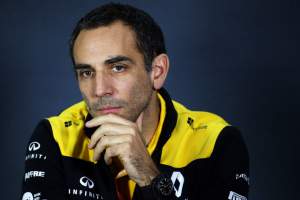Exactly a year ago, unbeknown to anyone other than Williams Advanced Engineering and senior FIA technical staff, Formula E’s Gen3 project hit a first major obstacle.
It was discovered that the cells within the spec supplied battery were not up to scratch for the advanced design of the third-generation Formula E car.
The FIA, after long consultation with manufacturers, teams and the promoter (Formula E operations), had developed an ambitious step with the design and tenders were completed and signed in 2020.
A more efficient technical set-up would bring a much more powerful car, remarkable regeneration potential and a lighter, shorter, nimbler and visually striking new racer.
It was all very exciting. The only problem was that the original pouch-design of cells to be used, sourced from the French SAFT battery specialist, was not quite up to the specification required. Pouch cells have a better energy density than cylindrical cells but often are not as reliable.
A month later, in January 2022, alternative cells were sourced. While these were up to the job, another serious issue raised its head in the summer.
When independent testing began again in March with the new cells, Benoit Treluyer and Theo Pourchaire put many miles on the car. Whether the new issues, in which the cells were leaking through vibrations and oscillations, came to light then is not fully known.

Once the Gen3 manufacturers – DS, Jaguar, Mahindra, Nissan, Porsche and NIO 333 – got into their own testing phase from late June onwards, the problems started to really emerge.
Alessandra Ciliberti, the technical lead of the project, decamped to WAE’s Grove base and set to work with its engineers on finding a solution. That, says the FIA, was successfully achieved a few weeks ago.
Her boss, FIA technical director Xavier Mestelan-Pinon, was quick to state to The Race that it won’t mean the cars run free and consistently in the early phase of the season. He points to the natural journey of such an ambitious technical assignment and the education it will bring through its development.
“The development of such an advanced battery has been a big challenge, for sure,” he told The Race.
“We discovered the technical problem in December [2021] and changed the cells at the beginning of 2022. Formula E being the pinnacle of electric racing, the technical specification listed in the tender was very high but all the parties involved accepted it a year before.
“It’s quite common when developing parts as technologically advanced that we discover some issue and that therefore we have to adapt and react. Of course, the timing was not comfortable last January when we visited our supplier, only one year before the launch.
“But at the end we stuck to the timeline agreed with the manufacturers.
“From March onwards we started testing the new cells in the battery on track again.
“After that we faced another technical issue inside the battery that we’ve solved too.
“We’ve set really high targets in terms of volume, weight, and performances both in traction and regen, and the design of the battery is therefore very sophisticated. That’s why we knew we could face potential issues during the development.
“When being ambitious, you have to be ready to react potentially many times during the project, this is quite normal in a motorsport development process.”
That development process will continue at Valencia in the official pre-season test next week and will probably include ongoing issues for some teams with the RESS at some stage of the three days of running.
One Formula E team principal recently told The Race that “Williams will bring an arsenal of spare units for the test to be ready”.
The Valencia running is also set to include a ‘behind closed doors’ mini 30-minute test next Monday before the main activity begins on Tuesday morning in the full glare of the media.
This action seems entirely sensible considering that manufacturers have continued to have disrupted test sessions right up to and including last week.
That was when shakedowns of hastily-built race cars were completed at most teams with tests taking place in the UK and Spain. The precise causes of the latest stoppages remain unclear.
Should problems with the RESS continue then it remains to be seen how wide-reaching it might be in relation to the actual racing.
The good news is that the first two circuits that Formula E visits are Valencia and Mexico City. They are both relatively smooth and without huge kerbs.
But from late January the world championship will visit noted car-breaker Diriyah, the unknown but quick Hyderabad and Cape Town street tracks and Sao Paulo.

Irrespective of the tracks, issues of this description are not new.
Formula E was forced to react quickly in late 2013 when it became clear its original RESS supplier could not deliver. That was when WAE came to the rescue with the battery that serviced the duration of the Gen1 period.
At that time championship co-founder and now its chairman, Alejandro Agag told me that “without Williams coming in we wouldn’t have made the first race in Beijing, no way. They saved us from a schedule point of view”.
Gen2, via Atieva and McLaren Applied, also had technical problems at the start but these were fixed quickly.
Generally, though both the batteries in the first two rules sets were lauded, especially the Gen2 units. It was therefore surprising to many in the Formula E paddock that McLaren Applied was not kept on for Gen3, just as it was that Hankook usurped Michelin as tyre supplier.
Formula E and the FIA will, countless times over the coming months, point to the fact Gen3 is by far the biggest step change in specification in its almost decade long history.
Mestelan-Pinon summed up the proactive attitude that has so far mostly permeated Gen3 saying that “the manufacturers and teams are now fine-tuning the integration of their respective powertrains and pushing their packages to the limits, to have a deep knowledge of the car before its competitive debut”.
“In that context, we continue to experience small issues but we are working hand in hand all together to find solutions.
“It’s once again a normal learning process for a completely new car, and especially one as technologically advanced.
“We are focused on doing our best to ensure that competitors will have a useful final pre-season testing in Valencia before the kick-off of the Gen3 era in Mexico, which will be another milestone in Formula E history.”
The fact remains that there has still been disquiet from the manufacturers and teams in recent weeks and days, and, along with the stresses of six races in nine weeks from Mexico in January to Sao Paulo in March, extra tension and concern is being aired just as the new power generation of Gen3 gets set to launch properly in just five days’ time.






